- In 2023, 82% of new Norwegian car sales were EVs.
- The EV share of the total U.S. vehicle market was 7.6% in 2023.
- Using Norway’s examples, the U.S. should give EV drivers free parking, free tolls, free DMV registration, and zero sales tax for buying American OEM EVs.
According to the Norwegian Road Federation (OFV), 82% of new car sales in Norway in 2023 were EVs. According to Kelley Blue Book, the EV share of the total U.S. vehicle market was 7.6% in 2023. What makes Norway’s EV adoption so much better than America’s?
The EV revolution in the U.S. is growing fast. According to Cox Automotive, adoption is expected to reach 10% in 2024. S&P Global Mobility predicted that the U.S. battery electric vehicle share will reach 8.0% in January 2024. S&P Global Mobility’s January 2024 report said: “BEV share is expected to advance over the next several periods, pending the rollouts of vehicles such as the Chevrolet Equinox EV, Honda Prologue, and Fiat 500e, all scheduled for market introductions over the first half of 2024.”
ADVERTISEMENT
In the 1990s, EVs Gained Ground in Norway and Were Killed in the U.S.
In the U.S. in the ‘90s, GM’s first mass-produced electric vehicle, the EV1, was famously taken back from heartbroken drivers and crushed. Chris Paine’s 2006 documentary, “Who Killed the Electric Car?” documented the American EV revolution in the 1990s. Following a 1990 California Air Resources Board (CARB) mandate, automakers produced nearly 5,000 electric vehicles. Some 1990s models included the Chrysler TEVan, Ford Ranger EV, Chevrolet S-10 Electric, Honda EV Plus, Toyota RAV4 EV, and Nissan Altra. After the death of the EV1, interest in EVs faded until 2008, when the Tesla Roadster was released.
Meanwhile, also during the 1990s, Norway debuted two electric cars, dubbed Buddy and Think. The Norwegian government started incentivizing the purchase of EVs by offering free parking for EVs. EVs were allowed to use bus lanes and enjoyed toll-free driving. The Norwegian government exempted EVs from the country’s taxes on car purchases.
Norway, a Clean Power Country

Norway’s electricity is clean, produced largely from the country’s hydropower. This gives Norway an advantage in EV adoption and other electricity usage, as the electricity costs are low.
Its reliable power grid and its demographics have contributed to its EV adoption success. Norway’s vehicle transportation sector emissions fell 8.3% between 2014 and 2023, making it a leader in environmental sustainability.
EV Charging Infrastructure Prioritized in Norway
Scaling Norway’s EV charging infrastructure to keep pace with its mounting demand has been a priority since the 1990s. According to a May 2023 McKinsey & Company article, more than 22,000 public EV chargers have been installed to handle the more than half a million EVs currently on the country’s roadways. For long-distance trips, a well-defined charging network has to be in place for mass EV adoption to take place. Norway has accomplished that, making mass EV adoption possible. Some companies installing EV charging include Mer, Easee, Zaptech, and Aneo.
Automotive OEMs are venturing into public charging. When Norway’s EV adoption rate rose quickly, this created a demand for more charging stations. McKinsey said, “Public EV charging is likely to remain profitable, driven by the limited availability of attractive charging locations and progressively drawing interest from investors and operators over the long term — in Norway and around the world.”
ADVERTISEMENT
Key Takeaways in Norway EV Adoption
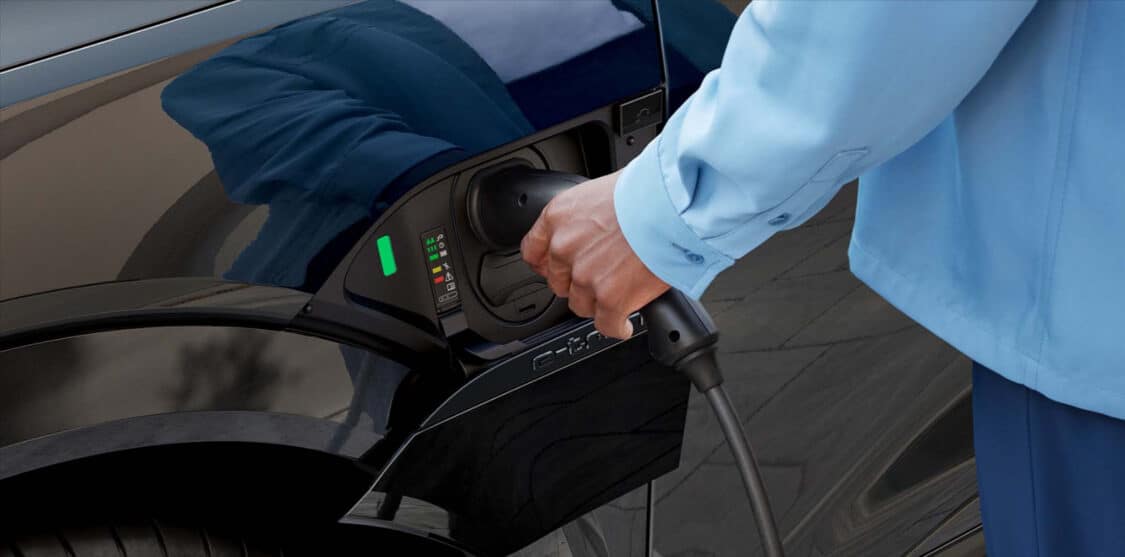
EV sales in Norway rose sharply once the total cost of EV ownership reached parity with ICE vehicle ownership. The speed of the transition from gas to electric is closely related to policies beneficial to EV owners and a wide range of EV incentives. For one, EV adoption in Norway is boosted by automotive OEMs offering wall chargers for home use. But also Norway’s utilities are establishing themselves in the home EV charging and public charging markets for Norway EVs.
The Norwegian Parliament announced a national goal that all new cars sold by 2025 in Norway should be zero-emission (either electric or hydrogen). Higher taxes on polluting ICE cars have partly financed incentives for zero-emission cars without any loss in revenues to the government. These taxes are progressive, making large vehicles with high emissions very expensive.
Beginning in 2017, legislation was introduced to establish charging rights for multifamily dwellers. Also in 2017, many of the older EV incentives were rolled back as they were no longer needed to entice people to buy electrified vehicles. For example, free toll road access, free ferry rides, and free municipal parking were all discontinued.
Electrify Podcast: Episode 314 with Electrification Coalition: “Electrify The Way We Move” Includes Discussion on Norway
In February 2024, Emily Pape and Torin Spencer, representatives of the Electrification Coalition, joined hosts Jarod DeAnda and Matt Teske (CEO of Chargeway) on the Electrify Podcast to discuss the pivotal role of electrification in transforming transportation.
Pape and Spencer mentioned inspiration from Norway’s success in promoting electric vehicles and their impressive EV adoption rates. They highlighted how Norway is a global leader in EV adoption, talking about the great impact of supportive policies and proactive initiatives by their federal government.
ADVERTISEMENT
Three Things Will Drive American EV Adoption Forward
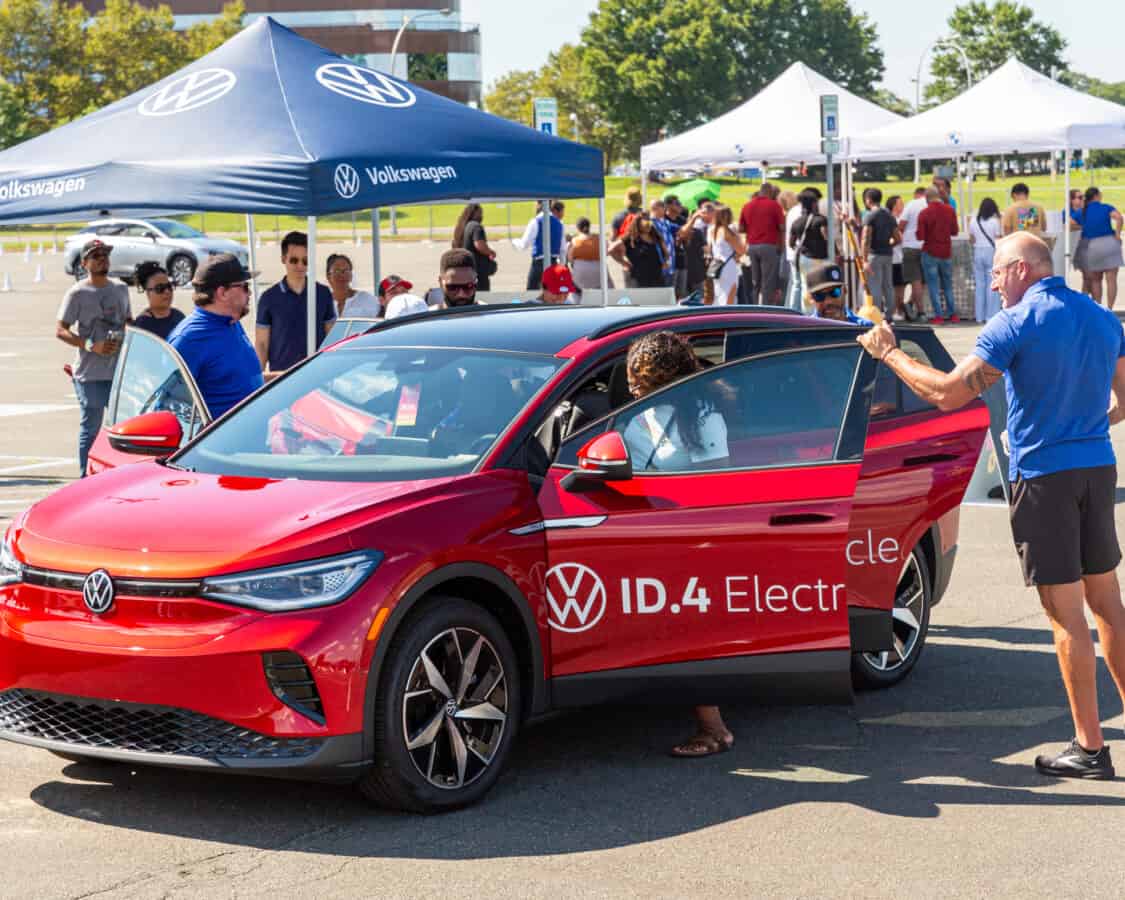
Three things are important to drive American EV Adoption forward. Those three things are:
- Lower vehicle prices.
- Removing EV charging barriers.
- Releasing massive education for buyers and dealers.
Electric vehicle prices remain high in America in 2024. Tesla, Genesis, Mercedes, and Porsche introduced some exciting models in 2023, but none were the low-priced models that drive EV adoption.
According to Kelley Blue Book, the average price for a new electric car was $50,798 in December 2023, compared to the average of $48,759 for all EV, hybrid, and ICE vehicles. The 2024 Chevy Equinox EV could be the lowest-priced new EV available in the U.S. in 2024. If it qualifies for the federal tax credit of $7,500, the entry model Equinox could be as low as $27,495, helping to move adoption forward.
Other barriers to adoption can include the lack of EV charging availability, EV charger reliability issues, connector compatibility issues, and a lack of multifamily charging.
Billions in federal funding supporting EV charger installation came in the last few years in the form of the $1.2 trillion Infrastructure Investment and Jobs Act (IIJA). This included the $5 billion National Electric Vehicle Infrastructure (NEVI) Formula Program, which is building out charging in the U.S.
Ground was broken in the Southeast in February 2024, when construction began on the region’s first National Electric Vehicle Infrastructure (NEVI) charging station in Kentucky, featuring ABB E-mobility’s Terra 184 chargers. The chargers meet the requirements set forth by the Build America, Buy America Act (BABA) and are NACS-ready. Accomplishments such as these are promising, but many more charging stations need to be installed quickly in order for mass EV adoption to happen.
Education programs have been rolled out primarily by nonprofits promoting EV adoption; however, many more are needed. We suggest that the federal government put significant funding toward this.
ADVERTISEMENT
What Can the U.S. Learn From Norway to Accelerate American EV Adoption?
The U.S. has yet to adopt many of Norway’s policies that drove Norway’s EV adoption. We suggest that American EV drivers get free parking, free tolls, free DMV registration, tax credits for continued operation, access to HOV lanes, and zero sales tax for buying American OEM EVs. These are some of the benefits Norwegian drivers enjoyed when their own government was encouraging them to adopt EVs.
Additionally, the federal government should raise DMV fees and taxes on ICE vehicles as Norway did, making EV driving more attractive while discouraging ICE driving.
Norway is also an example of how anti-EV messaging, saying that EVs have trouble in cold weather, is completely unfounded. Norway’s EV drivers are proving that EVs are perfectly fine with very cold weather. Pre-conditioning the battery prior to charging is the answer to using an EV in cold weather, which Norway’s drivers have learned.
ADVERTISEMENT

FEATURE IMAGE: AUDI
FTC: We use income-earning auto affiliate links. Learn more.



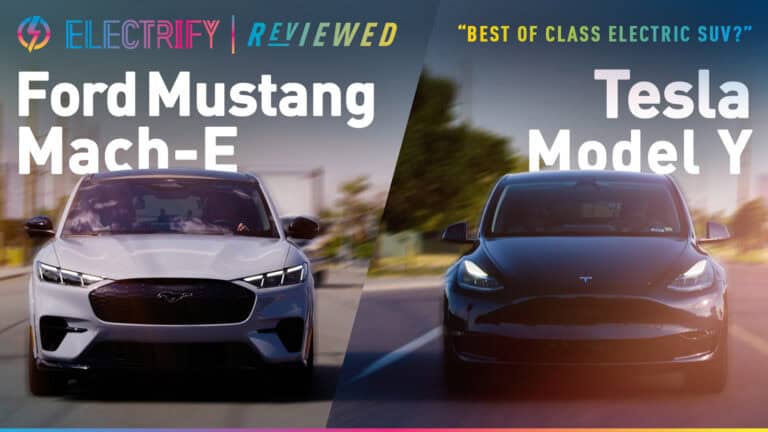
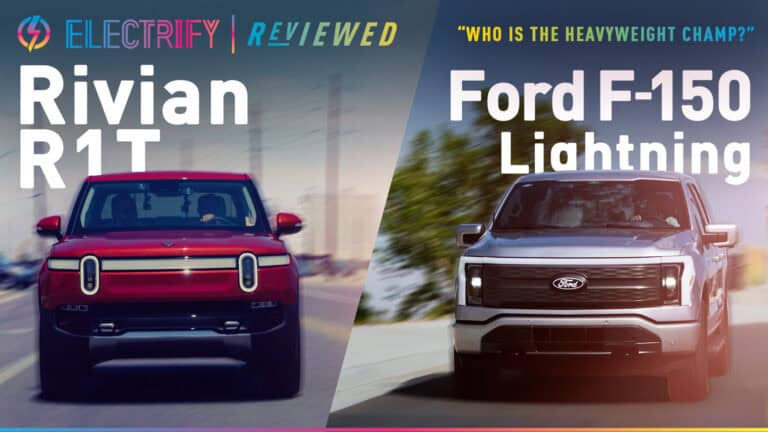
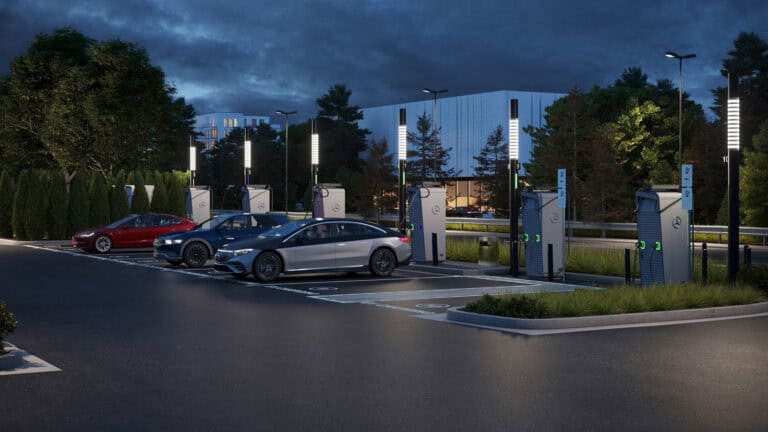
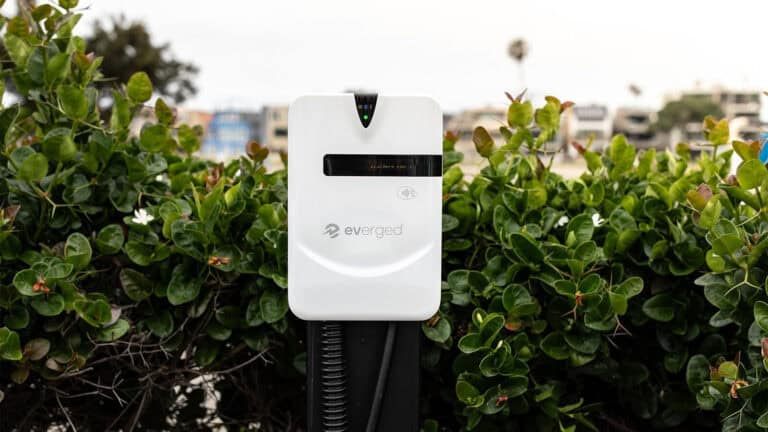

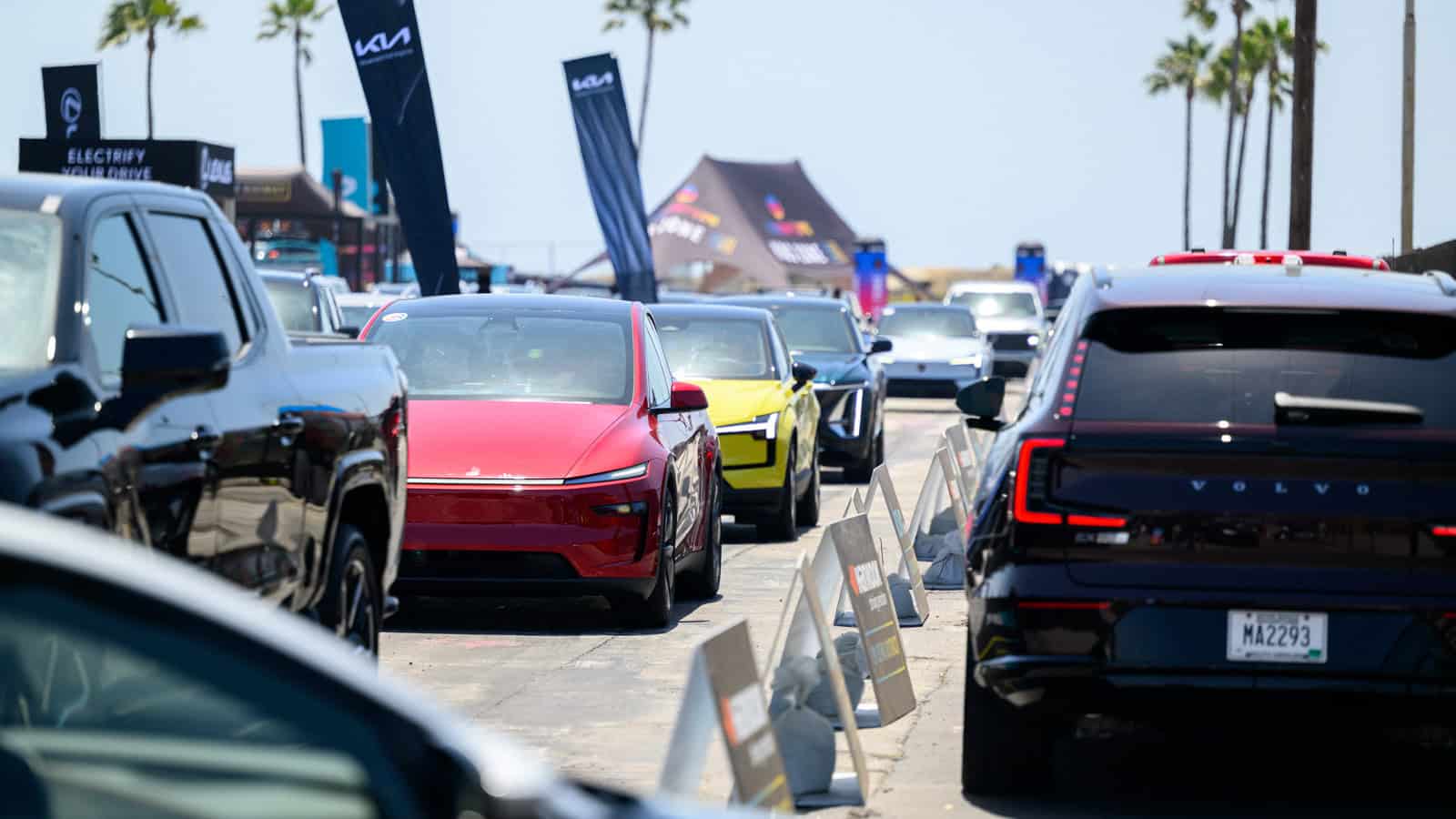

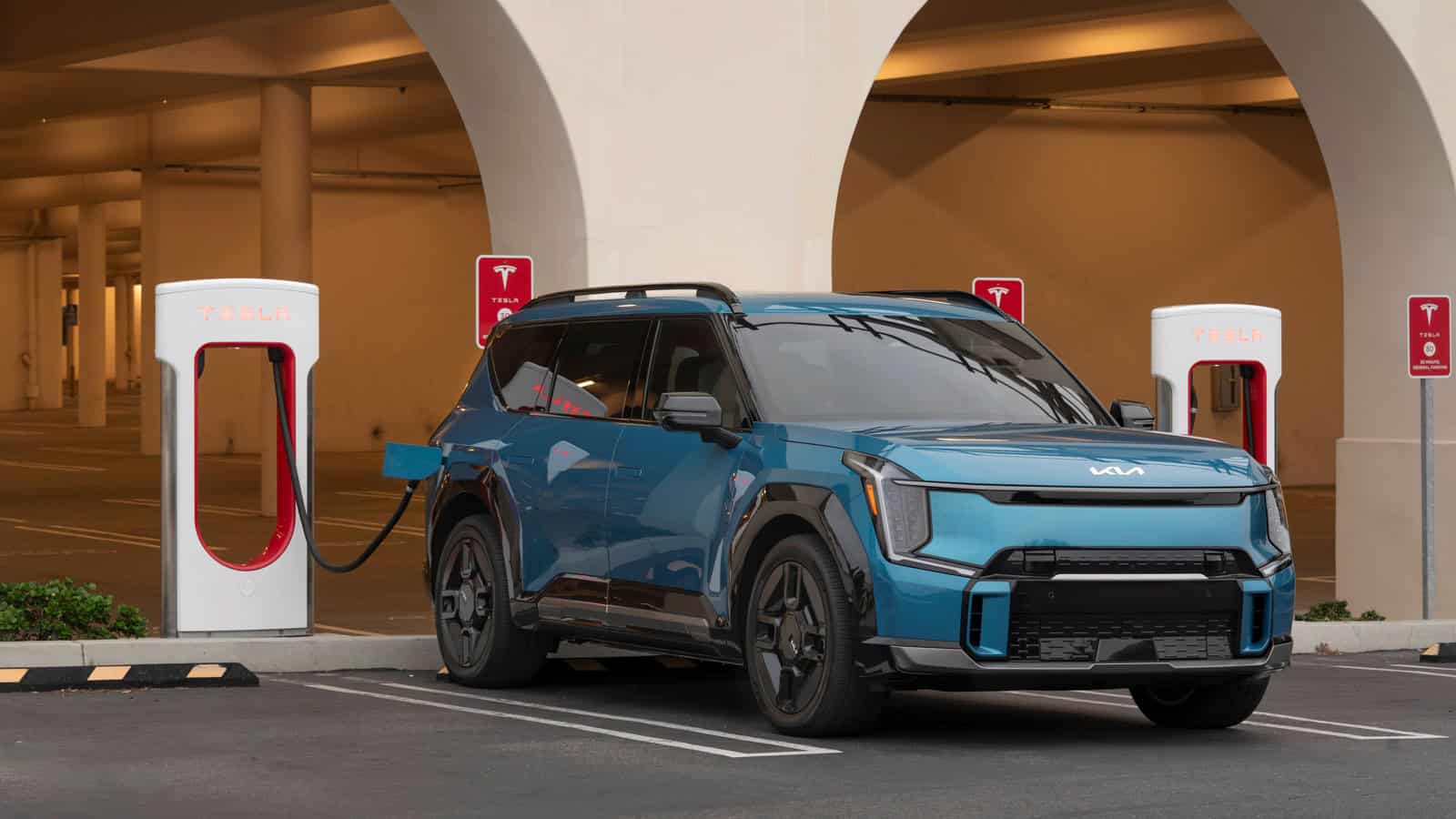
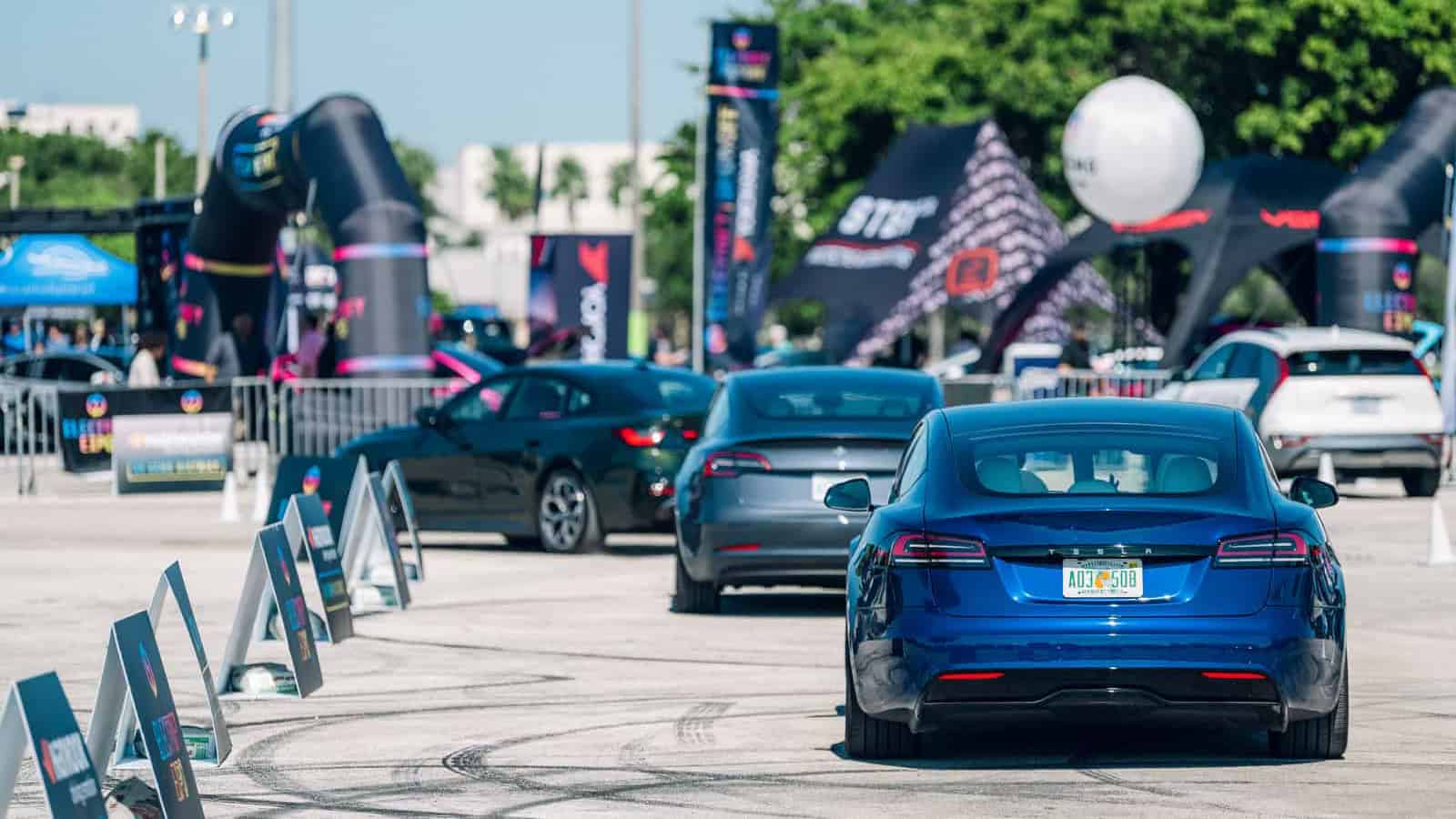
2 Responses
The main reason is the undemocratic measures of the Norwegian government that make it economically inconvenient to buy a combustion car. I know that because I’m from Norway and isone of the reason I moved to Sweden now.